Some coffee connoisseurs drink coffee because they want to take advantage of the caffeine in coffee, maximize daily performance, or keep the body optimal in various activities. Not in a short period, caffeine is in the midst of the coffee-loving community and has become a trend. Caffeine has existed in line with human civilization.
We might all think that coffee is the only drink that contains caffeine, but several food and beverage ingredients, such as soft drinks, also contain caffeine. Other things like tea, chocolate, ice cream, sunflower seeds, and some diet pills and pain relief pills surprisingly also contain caffeine. Without realizing it, caffeine is in almost every human need, but long before it developed as it is today, caffeine content has an interesting story.
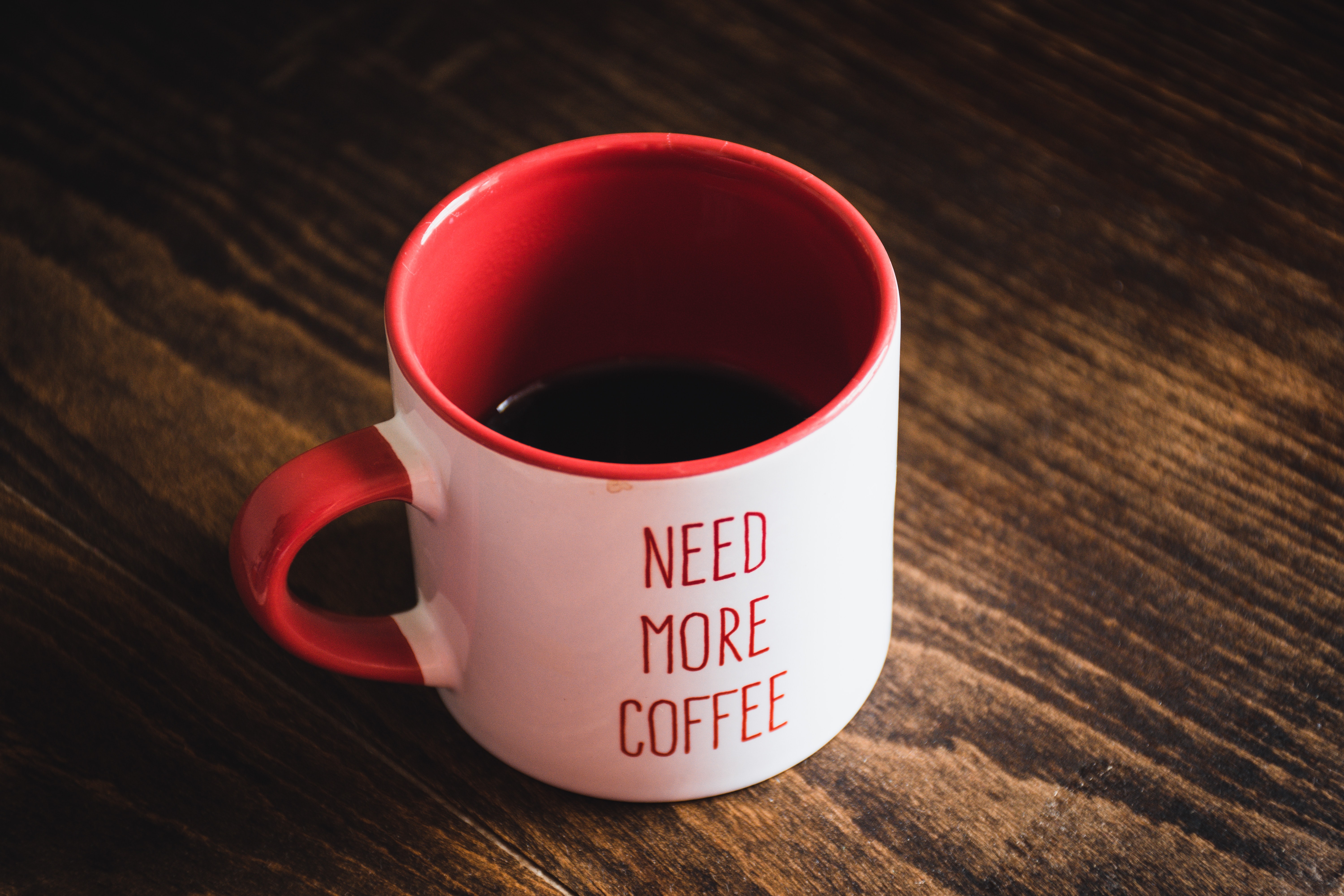
Photo by P.O.sitive Negative on Unsplash
The Story of Caffeine in Coffee and Tea
If the question is when people first consumed caffeine, the answer may be in the Stone Age, considering that consumption patterns at that time were unfamiliar with food processing such as cooking. However, you cannot use this answer as a verification. The closest thing is when tea was discovered for the first time, even though humans did not know the term caffeine then.
A monograph by an old Chinese writer named Lu Yu (760-762M), who lived during the Ming Dynasty, explains that tea was first discovered and became a beverage dish until now. The Mongolian legend tells of how people accidentally discovered tea. The Chinese emperor, Shennong, who reigned then, found some leaves falling into boiling water and giving off a fragrant smell. Not only that, the fragrance from the leaves exposed to boiling water provides a recovery stimulus for the body.
If you refer to the caffeine contained in coffee, this myth is prevalent among coffee connoisseurs. This legend originated in Ethiopia around 1000 BC and describes how a goat grazed and ate coffee cherries. Then, the goat becomes overly active and stays up all day. The herdsman began to trace the cause of his goat becoming active. However, at that time, coffee beans had not been discovered as a drink that was beneficial to the body, only assumptions developed from the issue of the discovery of coffee beans by the goats themselves.
And then, Malaye Jaziri wrote caffeine in coffee for the first time in a book entitled "Umdat al Safwa fi al-qahwa," published in 1587. He traced the history and explained the controversy about coffee. In this book, the author tells how a sheik named Jamaluddin Al-Dhabhani used coffee and took advantage of it in 1454 to wake him up while performing worship. Later, coffee developed in the 15th century to help the Yemeni Sufis to stay awake and carry out their religious worship. However, previous medical literature from Persia in the 9th century mentioned the word "bunchum" and referred to the coffee plant.
The use of caffeine in its early days was very popular as a dish for body recovery and also helped the body stay fresh during religious rituals. Even now, certain levels of caffeine are beneficial for the health of the body since the caffeine content found in tea or coffee affects several parts of the central nervous system. One of the effects of caffeine is its ability to reduce physical fatigue and prevent drowsiness.
Which Coffee Has the Most Caffeine?
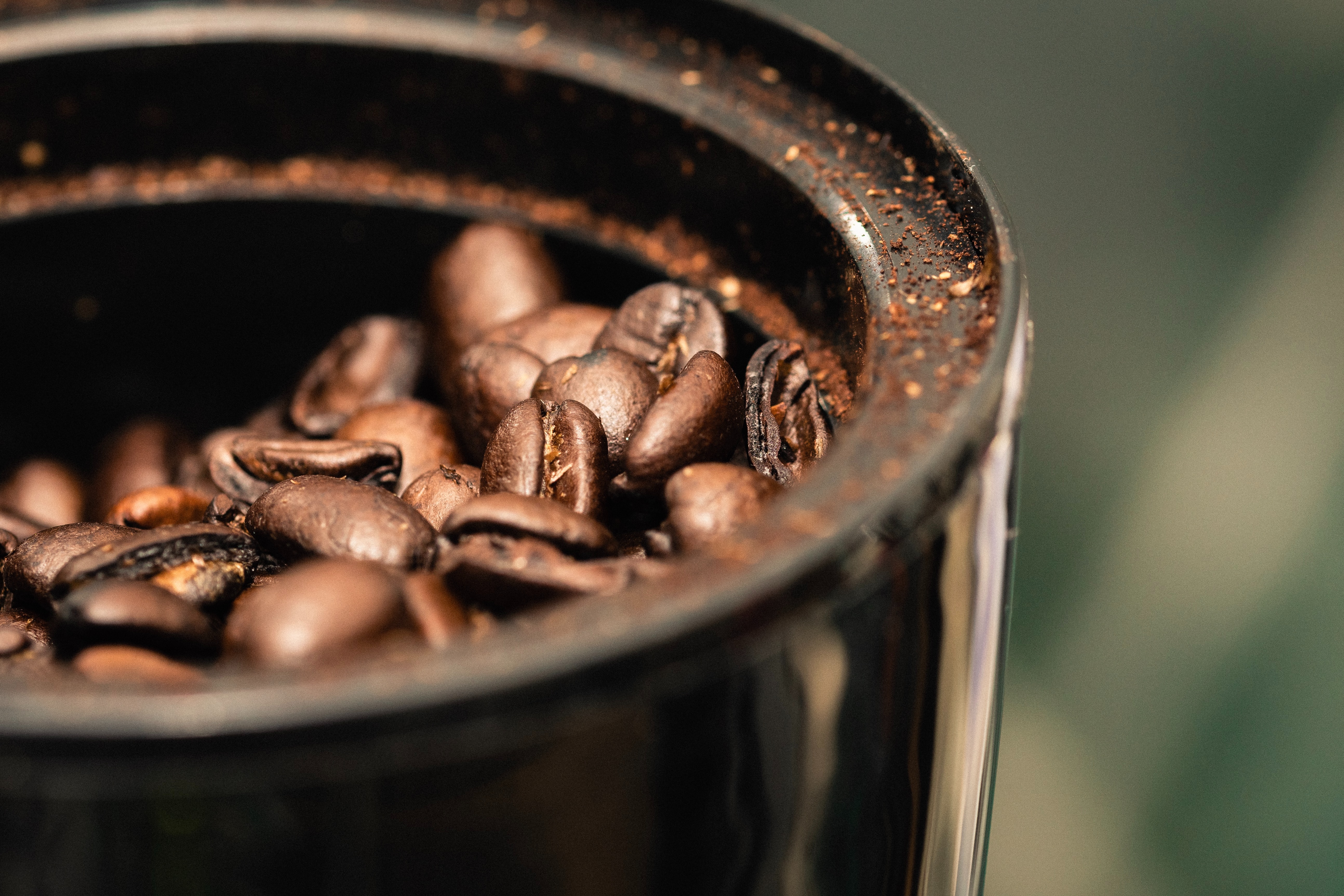
Photo by Dan Smedley on Unsplash
Based on the coffee type, Robusta has the most caffeine. At least almost double the amount of caffeine in Arabica. So if you don't want to get the massive effects of caffeine, you can choose Arabica. It's not only a matter of the type of coffee; it turns out that the level of coffee roast also affects the amount of caffeine in this black bean.
Many suspects that dark roast coffee has more caffeine than light roast because it tastes so bitter. The bitter taste and the amount of caffeine have nothing to do with it. Light roasts have more caffeine than dark roasts. Why? Because of the extended period of coffee roasting, the caffeine molecules disappear with the heat. Automatically the amount of caffeine is reduced, right?
It doesn't just end there; determining the amount of caffeine in this coffee is also determined at the ground level. The finer you grind the coffee beans, the more caffeine it contains. Also, you can select the amount of coffee according to the brewing method. So if you want to brew coffee with the same amount of water but use more coffee, the caffeine is higher. The more you use coffee, the more caffeine it gets. As simple as that.
In conclusion, if you want coffee with a large amount of caffeine, you have to brew Robusta coffee, which is roasted light roast and brewed using Turkish coffee or espresso because these two types use finely ground coffee!

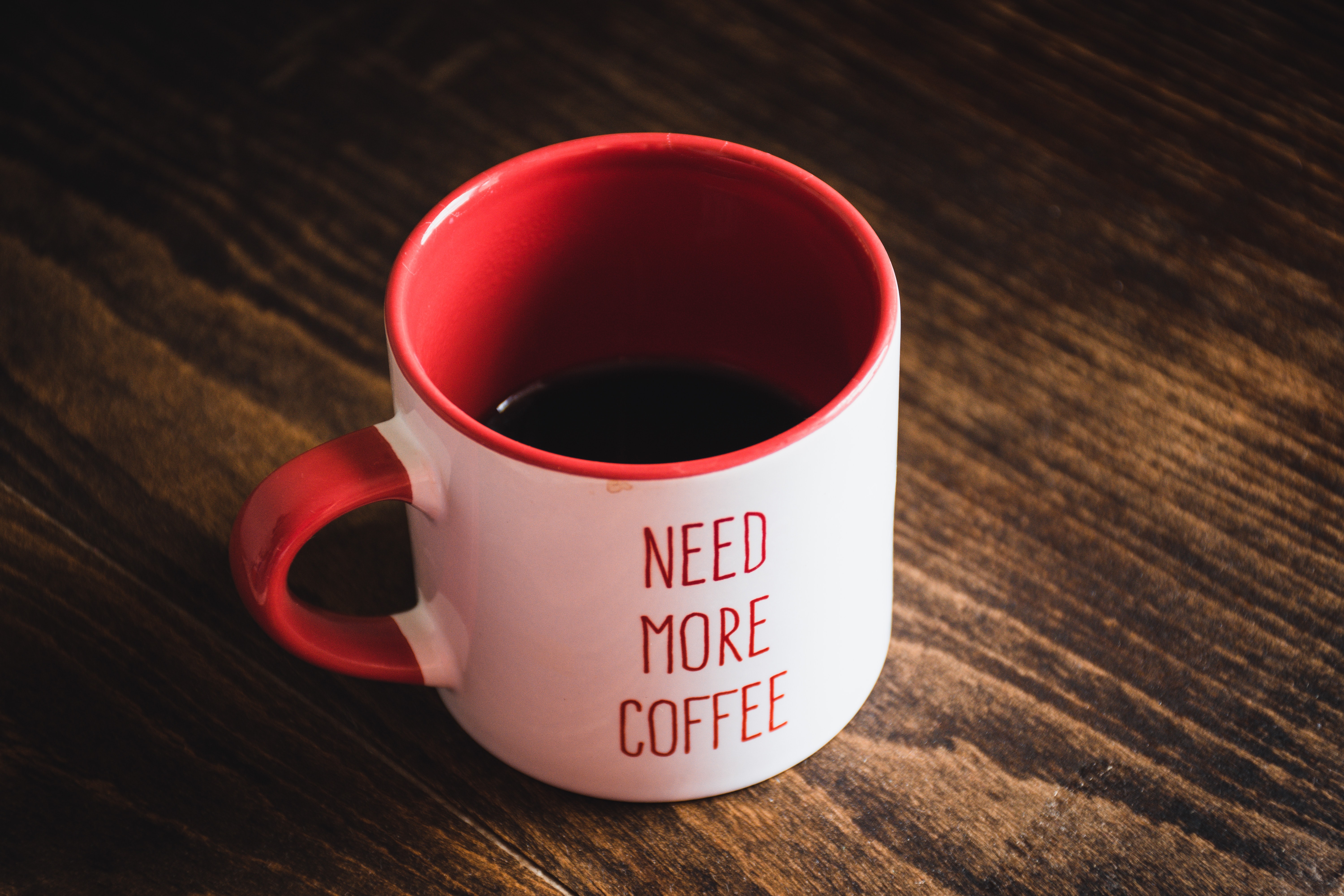


.png)

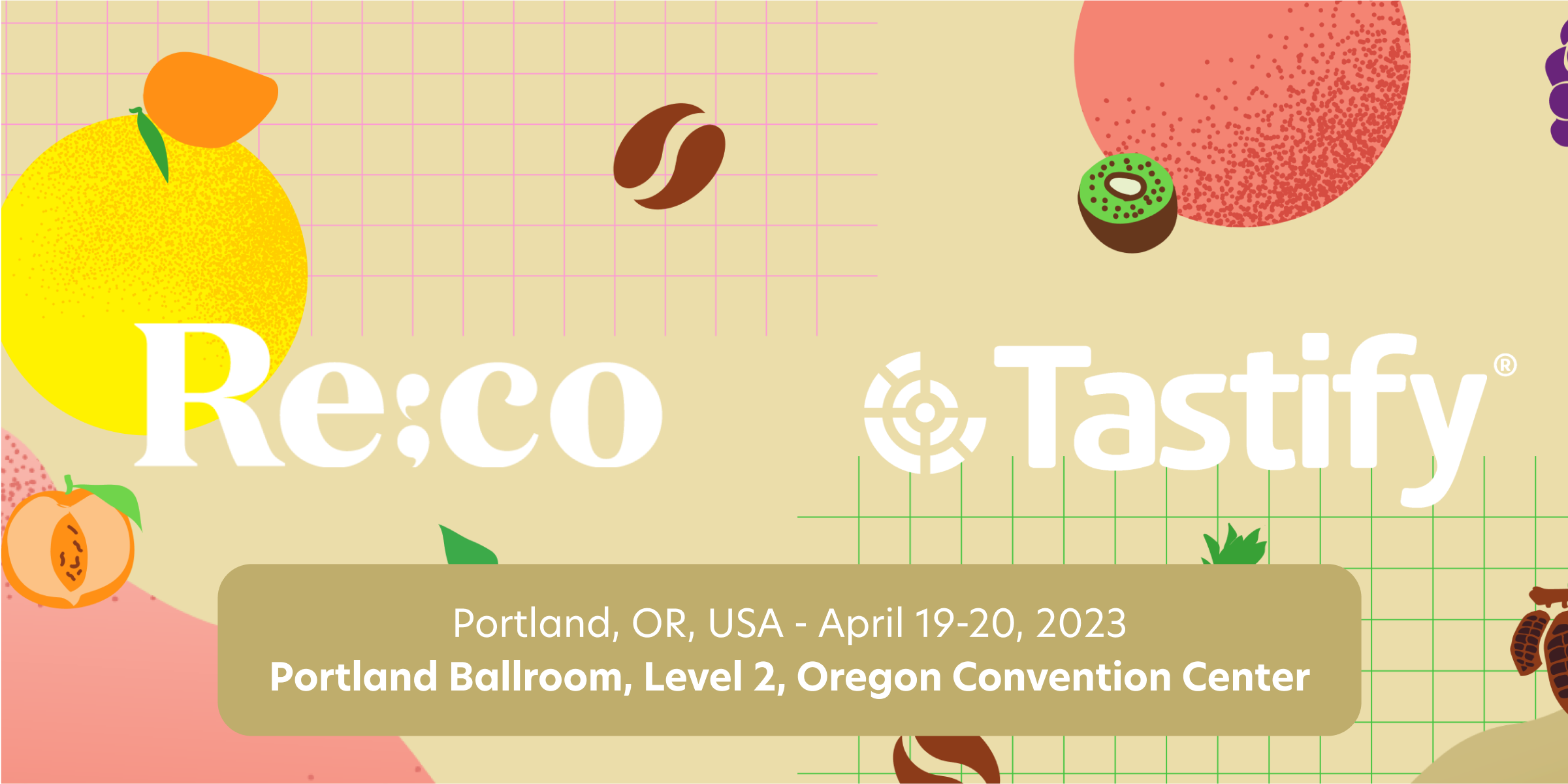
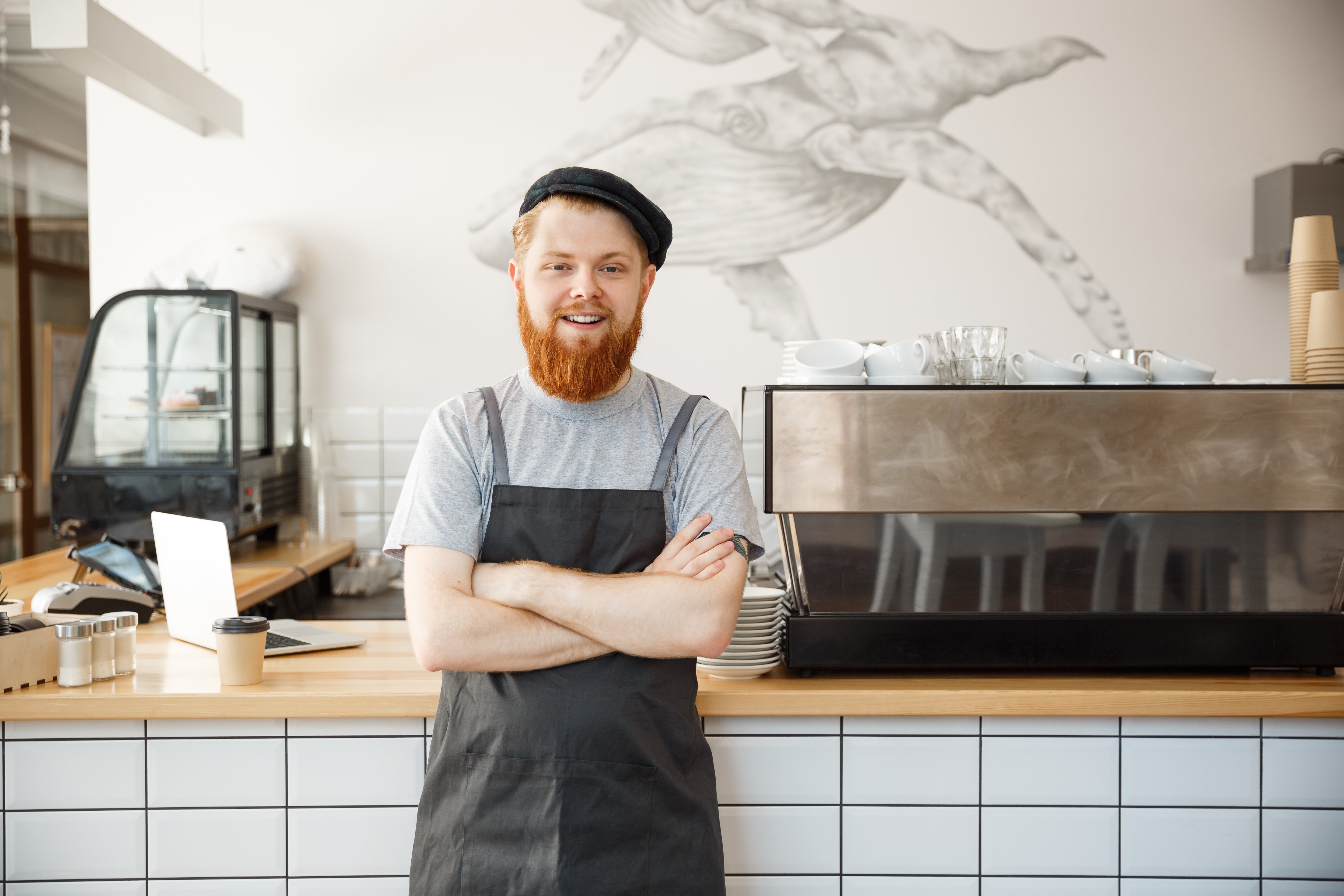
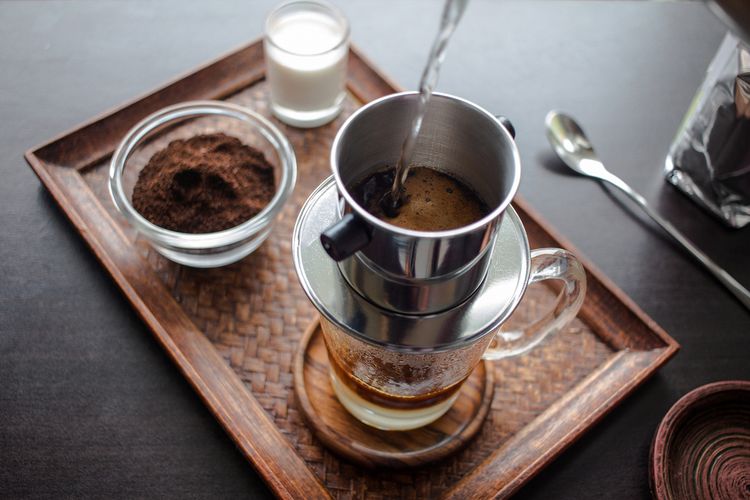

Comments